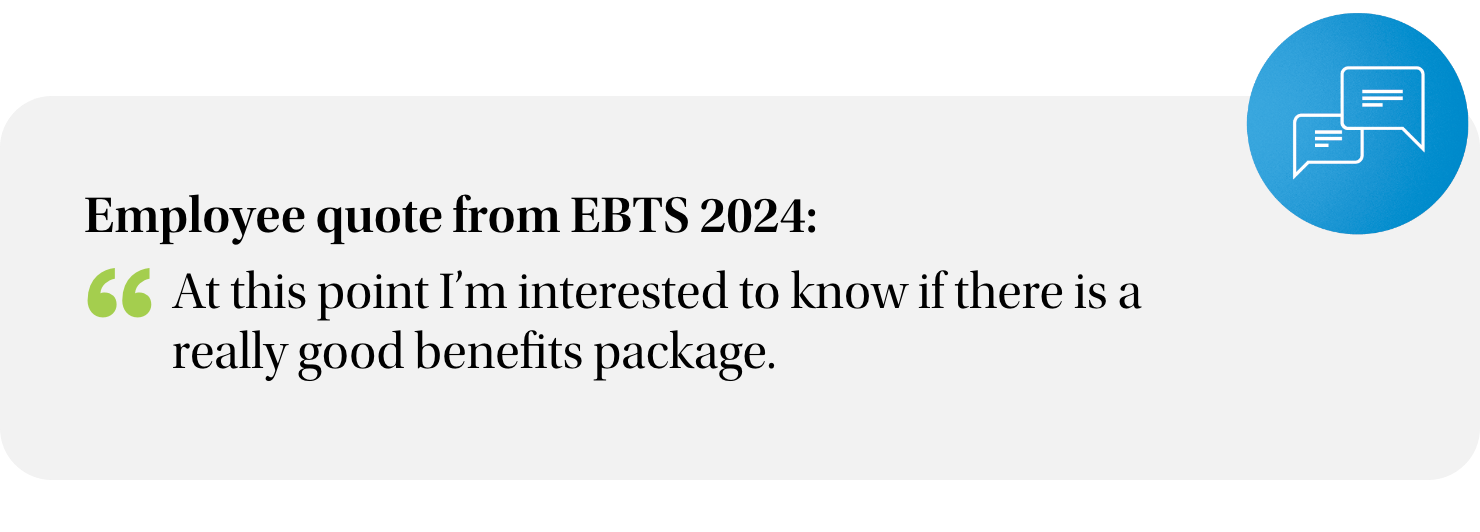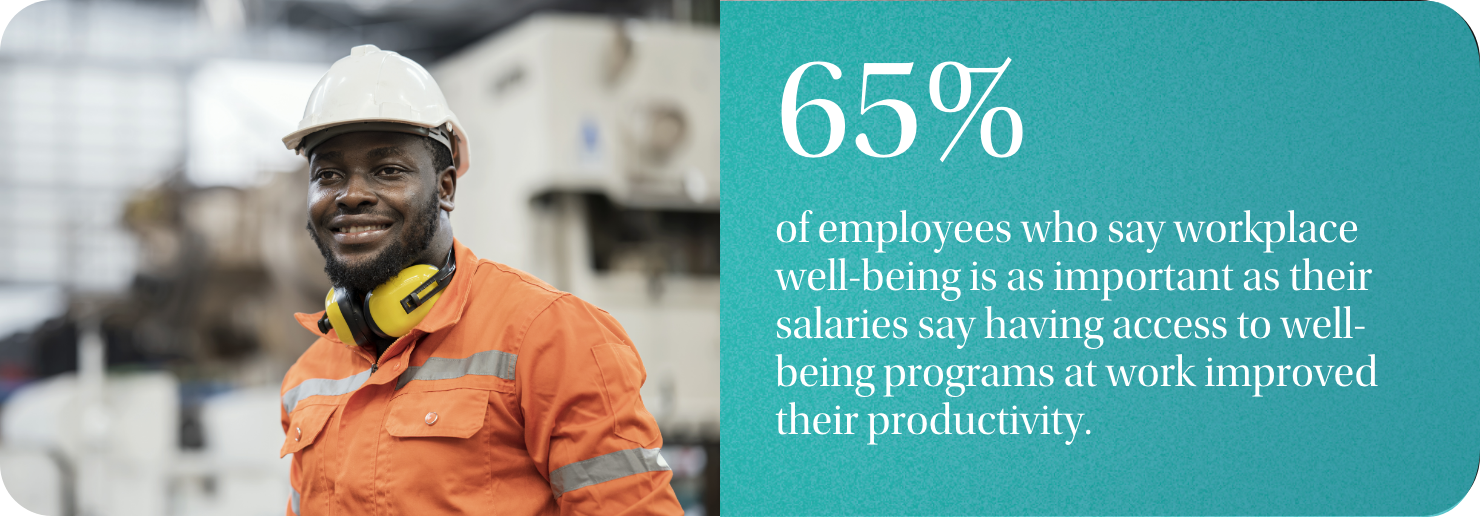The first diagnosed case of the 2019 Novel Coronavirus in the United States was reported on January 20, 2020 in a patient in Everett, Washington.
Since that time over 700 million cases have been confirmed, with more than seven million deaths attributed to the outbreak. The estimated cumulative financial costs are estimated to be in excess of $16 trillion – roughly 90% of the total GDP of the United States, according to a report by the National Institutes of Health.
Yet, the numbers, staggering as they are, only scratch the surface in describing the full impact of the virus. The way we approach work, the expectations employees and employers have of each other, even our collective psyche have all been affected. Long Covid hasn’t just been a physical condition, it’s been a societal and occupational one, with symptoms stubbornly hanging on and making themselves known in any number of unanticipated and unpredictable ways. The good news? While some of the changes that have come about in the workplace have disrupted the way we look at our jobs they have also shepherded in new ways of thinking that could lead to a more balanced and human-centered view of work – one in which employee benefits play a key role. As employers adjust to the necessity of caring for the holistic health of their employees a new reality is emerging. A reality in which benefits have become more critical to enhancing employee satisfaction. Not only have they emerged as a powerful tool for ensuring that employees feel cared for, but they’re also having a powerful – and unanticipated – effect on business outcomes as well.
The latest trends in employee benefits.
Among the more observable outcomes of the pandemic has been a lingering insecurity among employees that’s prompted a heightened interest in benefits as an important component of overall compensation. That shouldn’t come as a surprise. In a world where social, emotional, and financial stressors feel like an ever-present threat, job seekers are looking for ways to inoculate themselves against unforeseen occurrences beyond their control.
In particular, our results indicate growing interest in more tailored offerings, communication and decision-making support in choosing from available benefits package offerings. Employees are also keenly interested in access to emergency funds, highlighting the uneasiness about their personal financial circumstances and their desire for more support from employers. Given the uncertainty many workers feel – from macroeconomic forces, geopolitical conflicts, election cycles and disruptive technology – it’s understandable that more would want protection against the unexpected.
The importance of care in employee satisfaction
It is safe to say that the war for talent has not abated; if anything, it has intensified. In our post-Covid world, the work landscape has shifted dramatically and employers that want to compete have to respond in kind. The Great Resignation and the rise of “quiet quitting” made it clear that employees have seized the upper hand in a way that would have seemed inconceivable just half a decade ago. While that momentum has slowed somewhat, employee demands have continued to increase and more than ever they are focused on the importance of mental health, psychological safety, and wellness programs that shield them from the numerous forces buffeting their wellbeing.
For many workers, employee care has become a non-negotiable part of employee satisfaction, something they expect as table stakes and view as every bit as important as their salary. Yet fewer than two-thirds (63%) of employees think that their employer demonstrates care about their specific circumstances, challenges and needs.1 The implications are clear: employers face rising pressure to meet demand for employee well-being, which requires more tailored approaches to meet the full range of expectations across the workforce.
Additionally, because the line between employees’ work and personal lives has blurred so significantly, more and more are looking for their companies to support them outside of work. Our study suggests that employers may not be aware of these moments and experiences. The death of a loved one, adopting a child, buying a new home, even getting a new pet are among the myriad circumstances where employees expect their companies to be there for them. Not recognizing these moments or failing to offer appropriate support mechanisms as part of the overall employee experience can impact their satisfaction, engagement and loyalty. Knowing that, how can human resource management respond – and what are the implications for the decisions they make about investing in additional benefits for their employees?
In examining distinct moments and events that employees experience in their work, and personal lives, it’s become clear that those experiences have an outsized impact on employees’ perceptions of feeling cared for. Organizations that are willing and able to convincingly demonstrate care during these high-impact moments are more likely to improve their employees’ holistic well-being and, ultimately, their own employee retention strategies and business outcomes. A welcoming employee experience, with a supportive culture and attractive benefits, can serve as an anchor of stability and trust that can bond employees with their organizations and strengthen employee morale.
In contrast, organizations unable or unwilling to deliver care during these important times may experience declines in employee satisfaction, loyalty, employees’ sense of belonging, and other key metrics.
How companies are adapting benefit packages to provide care
As the work landscape continues to evolve, employers are changing in kind by adapting benefits to meet employee needs, adding those that have seen heightened interest from employees (such as pet insurance and access to legal counsel) to create more competitive compensation packages. Our research reveals that many employers have invested in benefits, programs, and resources that help meet employee expectations for care at key moments, including those that are easily recognizable by employers, can be planned for, and are perceived as positive. For instance, training and development and social and supportive cultures are the elements of the employee experience where employees are most likely to say that they feel cared for.1
That said, employee expectations now often go beyond what employers typically delivered in the past. For instance, unexpected financial stress and the onset of a mental health condition are high-impact experiences where employees are looking for support on an ongoing or continuous basis. In these situations, making additional benefits available can demonstrate care even when workers are not inclined to disclose these experiences.
Additionally, employees have different expectations for care for different experiences. For some, such as adult caregiving, bereavement and mental health conditions, employees consistently expect higher levels of care and support than their employers currently demonstrate.
The key to navigating these expectations is adopting an “always-on” approach to care delivery with employee experiences designed to provide consistent, ongoing support in and outside of work. These strategies can be designed to support relatively common and predictable occurrences, such as job changes, promotions, starting a family and retirement planning. But what makes them especially appealing is the ready-for-anything quality that enables employers to provide support when unexpected events – such as sudden illness and financial setbacks – happen.
The reassuring nature of always-on care delivery is another significant advantage; employees can feel supported in situations that don’t conform to fixed timelines and may last for extended periods of time (e.g., lingering financial stress, caring for ailing family members). Our analysis shows that consistent demonstration of care is possible across both predictable events and unexpected scenarios.
Attractive benefits packages, in conjunction with taking steps to ensure that the experience of using them is a positive one, can help organizations become top performers in talent management and employee wellness. But seeing those advantages bear fruit is contingent on clearly and effectively communicating what benefits are available, why they’re important and how to use them. So, education, enrollment, personalization and integration are critical to strengthening the direct link between employee benefits and increased job satisfaction.
While not all employers can afford to offer a full range of benefits, access to voluntary and supplemental benefits can make a difference for some workers. For instance, financial planning assistance can help alleviate financial stress, and voluntary benefits can position employers to provide care more broadly. Allowing some flexibility around employer funding for different benefits choices or offering a more comprehensive list of voluntary benefits can bridge the gap on generational and individual differences in preference.
What the future holds for employers and employees
In the end, companies must analyze their decisions with a view that extends beyond the next quarter or even the next fiscal year. How do competitive employee benefits enhance overall business success? What is the reputational value of prioritizing employee benefits and satisfaction? What are the long-term impacts of investing in employee well-being? Year-over-year data about employee preferences can inform and support the business case that human resource management makes for benefits investments.
Whatever decisions are made, prioritizing employee benefits will be increasingly critical for long-term business growth and success. Four years ago, the COVID-19 pandemic upended many our our long-held assumptions about work and the relationship between employees and employers in ways that are still being sorted out today. In a world where the unexpected is the only thing we can actually count on, who knows what may be next? What is certain, however, is that the ripple effects of carefully considered investments in employee satisfaction, retention, and company culture will continue to have an impact far into a future that no one can predict.
To learn more about the growing importance of benefits in improving talent attraction and retention, and how companies can effectively respond to the demand, download MetLife’s 2024 Employee Benefit Trends Study now.





